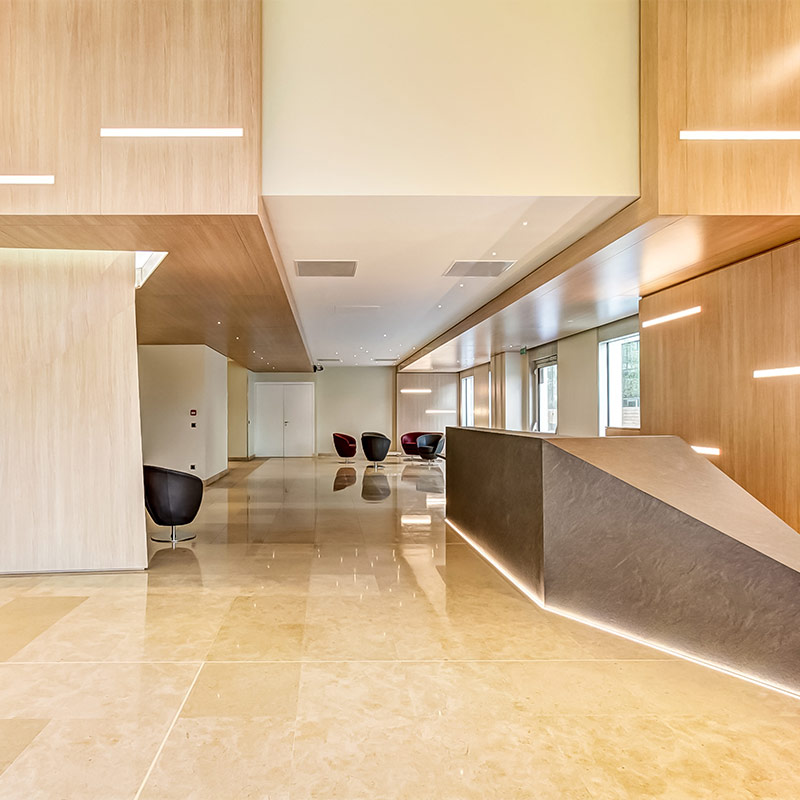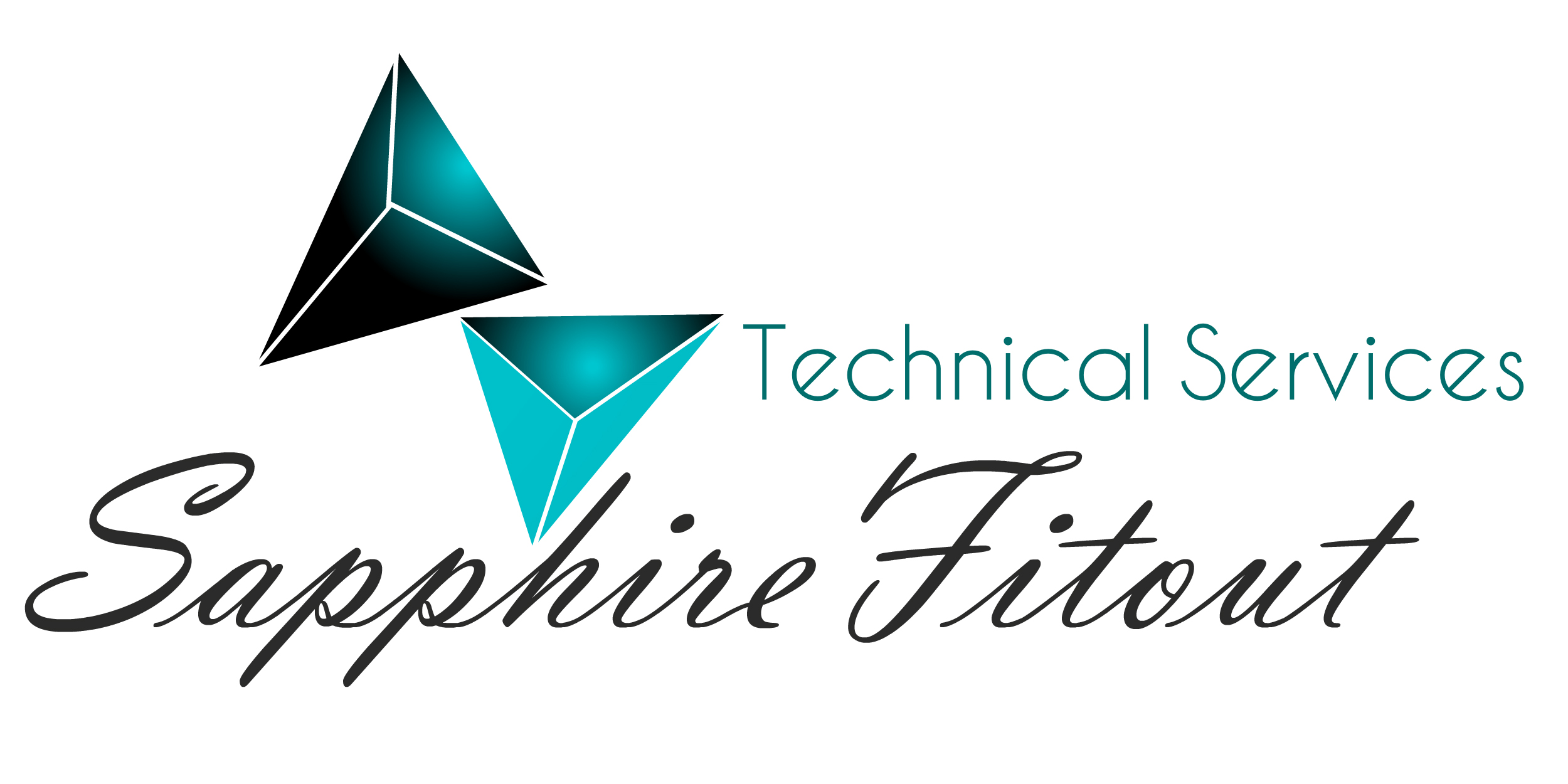The best virtual data rooms come with easy-to-use user-friendly interfaces, intuitive interfaces and robust reporting systems. They also feature robust security features to protect sensitive data from unauthorized access. These include multi-factor authentication and advanced encryption. They also offer granular permissions to control who can be able to access print, copy, or download documents. They can be the hierarchy of folders, with main categories and subcategories. Standardized names for documents are also available. A master index as well as search and filter options, and an index master Going Here are all available.
Many different industries use VDRs. Construction projects typically require many contractors and suppliers share data through VDR. Contractors might be required to examine, sign and certify contracts that deal with confidential information. A VDR allows for secure and efficient sharing of documents for all the various parties involved. In life sciences, for example the R&D process requires lots of collaboration between partners. A VDR helps manage project milestones and assists in data transmission.
M&A deals require a huge amount of documentation, and it’s vital that the documents are kept safely in a controlled space. A VDR can be an effective tool for both the sell-side and buy-side during due diligence. Venture capital and private equity companies often review several deals at once and must organize the data for each. A VDR helps them keep on top of the various contracts, financial statements and other documents in a safe environment.
It’s also essential that documentation is simple for potential investors to understand. A cap table, for instance could help investors comprehend how equity is distributed between founders and shareholders. The VDR should include a user guide that is simple and concise, and includes instructions on how to navigate to, search, and use the system. The system should also have a log of who has viewed which documents and how long they’ve been viewed.




